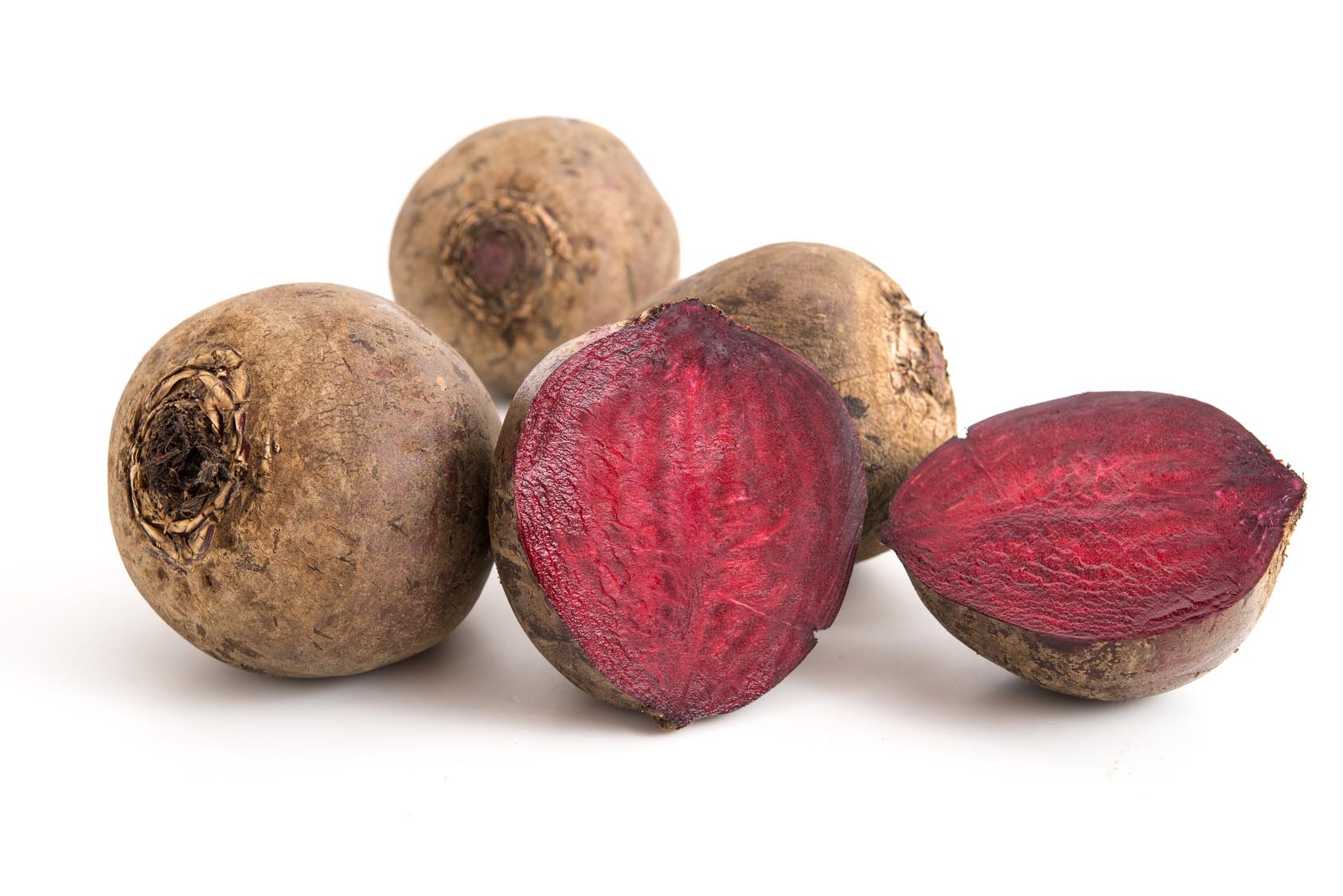14.12.2016
Unlicensed textile dye “Reactive Red 195” found in foodstuffs
Following the public release of an RASFF notification about the presence of the unlicensed colouring “Reactive Red 195” in fruit concentrate originating in Mexico, scientists from the University of Hohenheim looked into proving the presence of the textile dye in what was supposedly “Hibiscus and beetroot extract” in the journal “Food Control”. The results of this investigation have previously been available online and can now also be found in the print version of the journal’s December issue.
 The investigated plant extract, which was sold as a natural food colouring with no labelled additives, has aroused suspicions amongst many producers of foodstuffs, as it was an unusually strong dye and was also very stable when exposed to light and heat. Producers then approached the University of Hohenheim, requesting that the colouring be further investigated.
The investigated plant extract, which was sold as a natural food colouring with no labelled additives, has aroused suspicions amongst many producers of foodstuffs, as it was an unusually strong dye and was also very stable when exposed to light and heat. Producers then approached the University of Hohenheim, requesting that the colouring be further investigated.
The method used (HPLC-PDA-MS/MS = liquid chromatography with photodiode array and coupled mass spectrometry) revealed that only traces of the molecule Betalain, an indicator characteristic of beetroot, were present, whilst the Hibiscus-Anthocyanin which was supposedly present was entirely absent. There was, however, an unknown pigment which, in the following comparative study was indeed identified as being “Reactive Red 195”. The textile dye in question has the characteristic ability of binding inseparably with organic substances, making it almost impossible to detect in processed foods.
Reactive Red 195 is an azo dye. Foodstuffs which contain approved azo dyes are required to carry a warning concerning possible impairments of the behaviour and concentration of children. Reactive Red 195, in contrast, is a textile dye and is in no way approved for use in foodstuffs.
Foto: © Wolfgang Mücke - Fotolia.com

